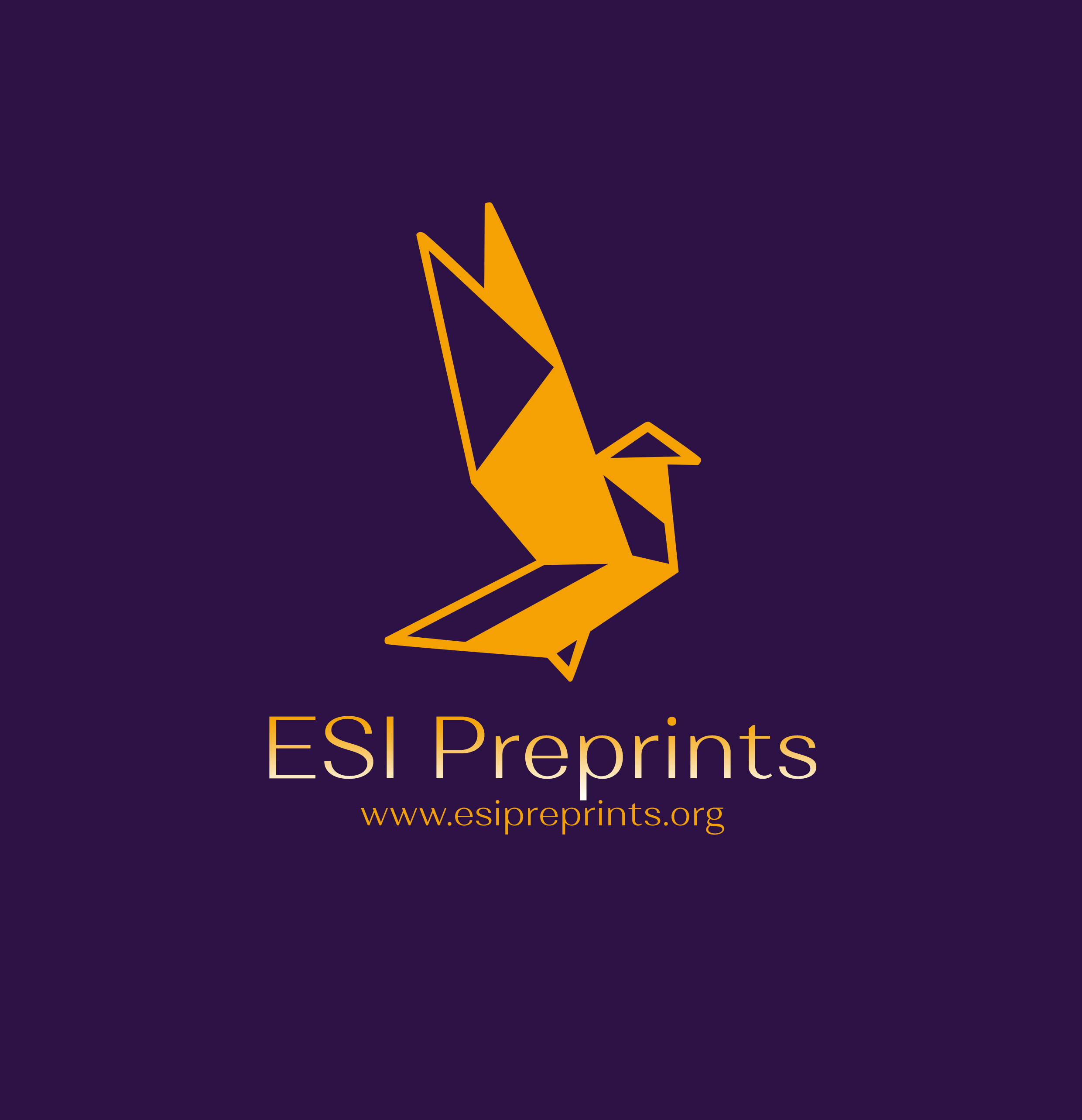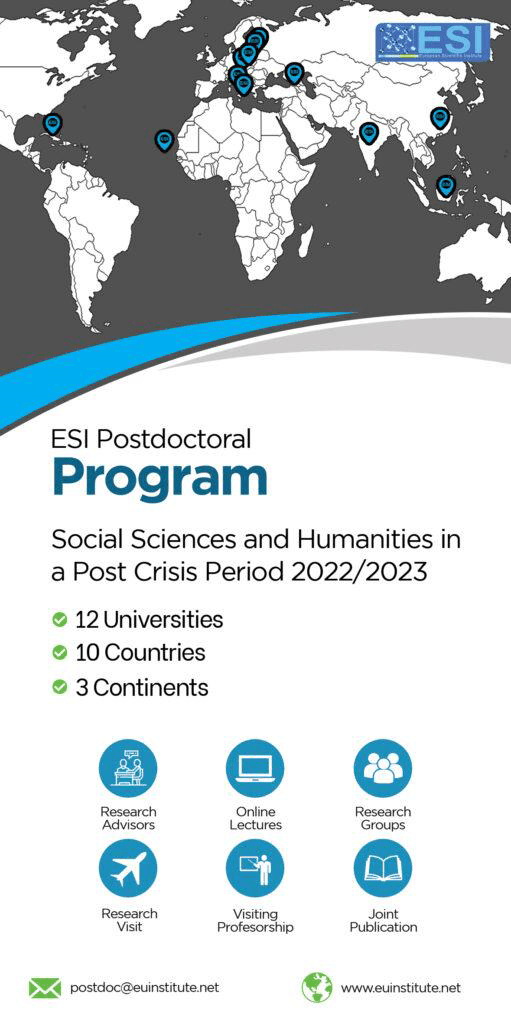Challenges of Implementing Agile Methodology in the Jordanian Banking Sector
Abstract
Traditional banking operations must change because financial industry dynamics and customer demands have started to transform the market. Financial institutions use Agile methods which were created for software development to increase operational efficiency while boosting customer satisfaction levels. Jordanian banks face various obstacles in Agile implementation which stem from banking employees' resistance to change and from regulatory requirements and legacy system integration complexities as well as low Agile skill levels within banking organizations. Decision-making patterns that enforce hierarchy act as an obstacle to the implementation process. This research combines interviews of banking experts and surveys to study Agile implementation in Jordanian banks through a mixed-methods approach. The study identifies important barriers that lead to proposed solutions including professional training for selected positions as well as top-level executive backing and stepwise rollouts. The solutions to these problems will enable Jordanian banks to gain agility and competitiveness as well as innovation potential. The study advances knowledge about Agile adoption in literature while presenting usable recommendations for financial institutions. Survey results show resistance to change was the highest barrier at 75% of Jordanian banking employees, then followed by insufficient training as the highest issue at 50%. Moreover, 45% of the participants struggled to implement Agile with existing banking systems. These remarks highlight formal Agile transformation approaches, including specialized training programs and executive-level sponsorship.
Downloads
Metrics
References
2. Ahmed, N., & Elali, W. (2021). The role of agile managers’ practices on banks’ employees performance in the Kingdom of Bahrain. International Journal of Business Ethics and Governance, 4(3), 70-90. https://doi.org/10.51325/ijbeg.v4i3.79
3. Amini, M., & Rahmani, A. (2023). How strategic agility affects the competitive capabilities of private banks. https://doi.org/10.8397-8406
4. Beck, K., Beedle, M., Bennekum, A. V., Cockburn, A., Cunningham, W., Fowler, M., … & Thomas, D. (2001). Manifesto for Agile Software Development. Retrieved from https://agilemanifesto.org
5. Beerbaum, D. (2020). Applying agile methodology to regulatory compliance projects in the financial industry: A case study research. Journal of Applied Research Review. https://doi.org/10.2139/ssrn.3834205
6. Beerbaum, D. (2020). Applying agile methodology to regulatory compliance projects in the financial industry: A case study research. Journal of Applied Research Review. https://doi.org/10.2139/ssrn.3834205
7. Bitzer, M., Brax, F., & Teuchert, A. (2023). Scaled agile framework meets traditional management - A case of a financial services provider.
8. Brühl, V. (2022). Agile methods in the German banking sector: Some evidence on expectations, experiences and success factors. Journal of Business Economics, 92. https://doi.org/10.1007/s11573-022-01102-y
9. Conboy, K. (2009). Agility from first principles: Reconstructing the concept of agility in information systems development. Information Systems Research, 20(3), 329-354. https://doi.org/10.1287/isre.1090.0236
10. Dikert, K., Paasivaara, M., & Lassenius, C. (2016). Challenges and success factors for large-scale Agile transformations: A systematic literature review. Journal of Systems and Software, 119, 87-108. https://doi.org/10.1016/j.jss.2016.06.013
11. Highsmith, J. (2009). Agile Project Management: Creating Innovative Products. Addison-Wesley.
12. Kapur, P., Kumar, D., Singh, S., & Gupta, V. (2019). Analytical evaluation of agile success factors influencing quality in banking sector. International Journal of Industrial and Systems Engineering, 33, 346. https://doi.org/10.1504/IJISE.2019.10025000
13. Kapur, P., Kumar, D., Singh, S., & Gupta, V. (2019). Analytical evaluation of agile success factors influencing quality in banking sector. International Journal of Industrial and Systems Engineering, 33, 346. https://doi.org/10.1504/IJISE.2019.10025000
14. Leffingwell, D. (2011). Agile Software Requirements: Lean Requirements Practices for Teams, Programs, and the Enterprise. Addison-Wesley.
15. Masood, Z. (2017). The benefits and key challenges of agile project management under recent research opportunities. Volume 5, 20-28.
16. McKinsey & Company. (2021, March 11). Why an agile transformation office is your ticket to real and lasting impact. Retrieved from https://www.mckinsey.com/capabilities/people-and-organizational-performance/our-insights/why-an-agile-transformation-office-is-your-ticket-to-real-and-lasting-impact
17. Mustafa, R., Bashar, A., & Khan, S. (2019). Agility and fintech is the future of Islamic finance: A study from Islamic banks in Bahrain.
18. Santhanam, S., & Suresh, M. (2023). Agile approach - Study of project management methods in the banking industry. https://doi.org/10.46254/IN02.20220254
19. Tengstrand, S., Tomaszewski, P., Borg, M., & Jabangwe, R. (2021). Challenges of adopting SAFe in the banking industry -- A study two years after its introduction.
Copyright (c) 2025 Abdal Hafeth Alaraj

This work is licensed under a Creative Commons Attribution 4.0 International License.








